Shoes rub the back of the heel due to improper fit or lack of cushioning. This friction can cause blisters and discomfort.
Wearing shoes that don’t fit properly often leads to heel rubbing. Factors such as shoe design, materials, and foot shape play significant roles. New shoes might not break in yet, leading to increased friction. Some people have specific foot shapes that may not align well with certain styles.
This issue affects both comfort and foot health, potentially resulting in painful blisters. Ensuring the right size and style can help prevent this problem. Consider using heel grips or thicker socks for extra protection. Understanding the causes can guide you in making better footwear choices that enhance comfort and minimize irritation.
The Anatomy Of A Shoe And Your Heel
Shoes protect your feet and provide comfort. Understanding how shoes fit your heels is essential. The right fit prevents rubbing and blisters. Let’s explore the anatomy of shoes and how they relate to your heel.
Parts Of A Shoe That Cause Rubbing
Several shoe components can cause rubbing at the back of your heel:
- Heel Counter: This is the stiff part at the back.
- Upper Material: The fabric that covers the foot.
- Seams: Stitching can create pressure points.
- Sole: A rigid sole may restrict movement.
Here’s a quick look at how these parts affect your comfort:
| Part of Shoe | Effect on Heel Rubbing |
|---|---|
| Heel Counter | Can dig into the heel if too stiff. |
| Upper Material | Rough or tight materials may cause friction. |
| Seams | Seams can lead to uncomfortable pressure points. |
| Sole | A rigid sole can limit natural foot movement. |
Understanding Heel Shapes And Sizes
Heels come in various shapes and sizes. Knowing your heel type helps in choosing shoes. Here are common heel shapes:
- Curved Heel: Fits snugly, less rubbing.
- Flat Heel: Provides stability, but may slide.
- Wide Heel: Offers more space, reduces pressure.
- Narrow Heel: Can cause friction and blisters.
Choosing the right shoe for your heel type is crucial. This prevents discomfort and promotes foot health.
Common Reasons Shoes Rub The Back Of Your Heel
Experiencing discomfort at the back of your heel is common. Several factors can cause this issue. Understanding these reasons can help you choose the right shoes.
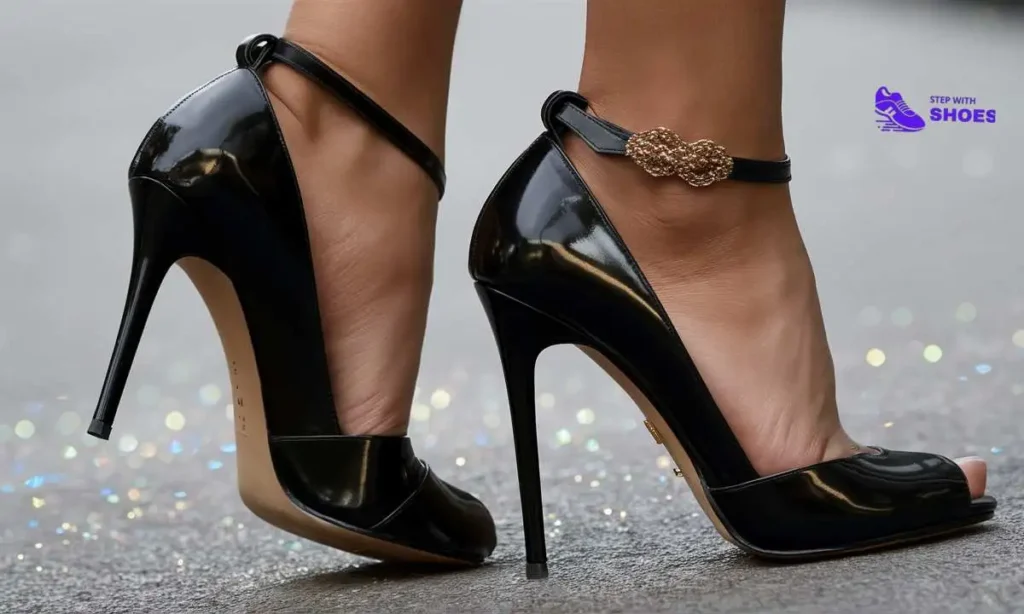
Incorrect Shoe Size
Wearing the wrong shoe size is a primary cause of heel rubbing. Shoes that are too small can pinch the heel. Shoes that are too large can slide up and down. Here are some signs of incorrect shoe size:
- The heel slips out of the shoe
- Feeling pressure on your toes
- Blisters forming on the back of your heel
Always measure your feet before buying new shoes. Remember, shoe sizes can vary by brand.
New Shoe Stiffness
New shoes often have stiff materials. This can cause rubbing on the heel. Breaking in new shoes is important to reduce discomfort. Follow these tips:
- Wear them for short periods.
- Use thick socks to cushion the heel.
- Try using shoe stretchers to soften them.
Be patient. Most new shoes become comfortable over time.
Foot Shape And Shoe Design Mismatch
Your foot shape may not match the shoe design. Shoes come in various styles and widths. Here are common mismatches:
| Foot Shape | Shoe Design |
|---|---|
| Wide Feet | Narrow Shoes |
| Flat Feet | High Arch Shoes |
| High Arches | Flat Shoes |
Choose shoes that fit your foot shape. This helps prevent rubbing and discomfort.
Short-term Fixes For Shoe Rubbing
Shoe rubbing at the back of the heel can be annoying. Finding quick solutions can bring relief. Here are some effective short-term fixes.
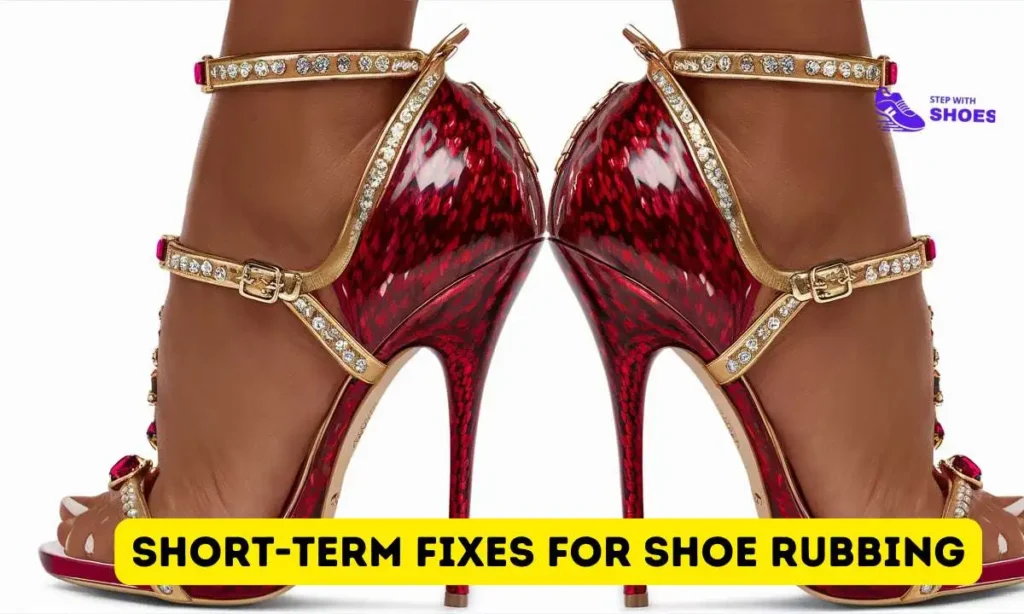
Moleskin Pads: A Quick Solution
Moleskin pads are a great way to reduce friction. These soft pads cushion the heel and prevent rubbing.
- Cut the moleskin to fit your shoe.
- Peel off the backing and stick it inside the shoe.
- Ensure it covers the rubbing area.
This method is simple and effective. It can save your heels from blisters.
The Sock Trick
The right socks can make a huge difference. Choose thick, cushioned socks for extra padding.
- Look for socks made of cotton or wool.
- Avoid slippery materials that can slide.
- Wear socks that fit snugly without being too tight.
Wearing proper socks can shield your heels from rubbing. This trick is quick and easy.
Breaking In Shoes Gently
Breaking in new shoes is crucial. Do it slowly to avoid discomfort.
- Wear your shoes for short periods.
- Gradually increase the time you wear them.
- Use them indoors before going outside.
This method helps the shoes mold to your feet. Over time, they will fit better.
Long-term Strategies To Prevent Heel Rubbing
Preventing heel rubbing requires thoughtful strategies. Simple changes can make a big difference. Below are effective methods to keep your heels comfortable.
Choosing The Right Shoe Material
Selecting the right materials is crucial for comfort. Here are some key materials:
- Leather: Soft and molds to your foot.
- Suede: Gentle on the skin, reducing friction.
- Canvas: Breathable and lightweight, ideal for casual wear.
- Mesh: Offers flexibility and ventilation.
Avoid stiff materials that cause irritation. Always test shoes before buying them. Walk around to check for any discomfort.
Custom Orthotics And Insoles
Custom orthotics and insoles can significantly reduce heel rubbing. They provide additional support and cushioning. Consider these options:
- Visit a podiatrist for a fitting.
- Choose insoles designed for your specific shoe type.
- Look for gel or memory foam options for extra comfort.
Proper support helps align your foot and reduces friction. This can prevent blisters and soreness.
Professional Shoe Stretching
Shoes that are too tight can cause heel rubbing. Professional shoe stretching can help. Here’s how it works:
| Method | Description |
|---|---|
| Heat Stretching | Heat is applied to loosen the shoe material. |
| Mechanical Stretching | Special tools gently stretch the shoe. |
| Moisture Stretching | Water is used to soften the material for stretching. |
Choose a trusted professional for this service. Properly stretched shoes fit better and prevent heel irritation.
How To Choose Shoes That Won’t Rub
Choosing the right shoes is essential for comfort. Shoes that rub at the back of the heel can cause pain and blisters. Knowing what features to look for helps. Here are some tips to find shoes that fit well and feel great.
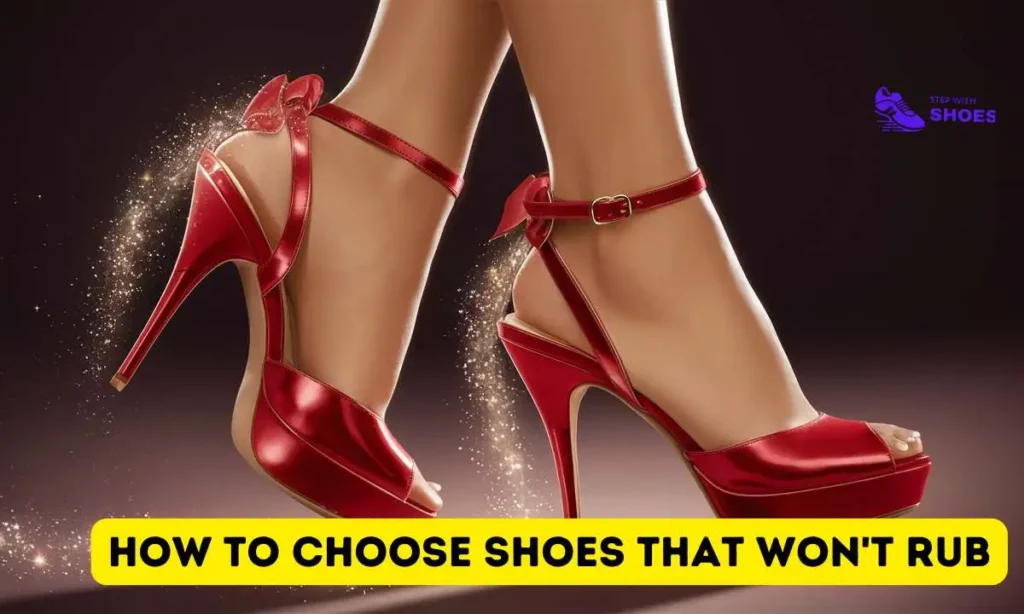
Key Features Of Comfortable Shoes
Comfortable shoes have specific features. These elements ensure a good fit and prevent rubbing. Look for the following:
- Soft Materials: Choose shoes made from soft leather or fabric.
- Padded Collars: Shoes with extra padding around the heel help cushion.
- Arch Support: Good arch support keeps your foot stable.
- Flexible Soles: Flexible soles allow natural foot movement.
Reading Reviews For Insights
Reviews provide valuable information about shoe comfort. Check customer feedback on various platforms. Focus on these aspects:
- Comfort Level: Look for comments about long-wear comfort.
- Fit: See if others mention sizing issues.
- Durability: Read about how well the shoes hold up.
The Importance Of Proper Fitting
Proper fitting is crucial to avoid heel rubbing. Follow these steps to ensure a good fit:
| Step | Action |
|---|---|
| 1 | Measure both feet. One foot may be larger. |
| 2 | Try shoes on with the socks you will wear. |
| 3 | Walk around to check comfort and fit. |
| 4 | Ensure there is space for your toes. |
Taking these steps ensures a better shoe fit. Proper fitting shoes reduce the chance of rubbing. Comfort leads to happier feet.
Diy Solutions To Modify Your Shoes
Dealing with shoes that rub the back of your heel can be annoying. Thankfully, there are simple DIY solutions to help. Try these methods to improve your shoe comfort and stop the rubbing.
Homemade Heel Grips
Homemade heel grips can cushion your shoes. Here’s how to make them:
- Use soft fabric or felt.
- Cut small pieces to fit your heel area.
- Attach them with double-sided tape.
This quick fix creates a barrier. It reduces friction and prevents blisters.
Using Anti-rub Sprays
Anti-rub sprays can be effective. These sprays create a protective layer on your skin. Follow these steps:
- Choose a skin-safe anti-rub spray.
- Apply it to the back of your heel.
- Allow it to dry before wearing shoes.
This method helps protect your skin. It reduces the chances of irritation.
Shoe Inserts For Better Fit
Shoe inserts can enhance fit and comfort. They fill gaps and provide cushioning. Consider these options:
| Type of Insert | Benefits |
|---|---|
| Gel Inserts | Soft cushioning for comfort. |
| Foam Inserts | Good for arch support. |
| Heel Cups | Stabilizes heel position. |
Inserts can fill extra space. This helps prevent rubbing at the heel.
When To See A Professional
Noticing discomfort in your heels? Seeking help is wise. Ignoring pain can lead to bigger problems. Knowing when to consult a professional is important.
Persistent Pain And Blisters
Experiencing ongoing pain? Blisters forming on your heels? These signs indicate a need for professional advice.
- Persistent Pain: Pain that lasts more than a few days.
- Blisters: Frequent blisters that don’t heal.
- Swelling: Any swelling in the heel area.
- Redness: Noticeable redness or inflammation.
These symptoms may signal underlying issues. A podiatrist can diagnose and treat your condition effectively.
Footwear Advice From Podiatrists
Podiatrists provide valuable tips for choosing shoes. Proper footwear can prevent heel rubbing.
| Tip | Description |
|---|---|
| Fit | Ensure shoes fit snugly but not too tight. |
| Material | Choose soft, flexible materials to reduce friction. |
| Cushioning | Look for shoes with adequate cushioning for comfort. |
| Heel Height | Avoid high heels to prevent strain on your feet. |
Follow these tips to minimize discomfort. Good footwear can enhance your overall foot health.
Custom-made Footwear Options
Consider custom-made footwear for severe issues. These shoes are tailored for your feet.
- Arch Support: Provides support where needed.
- Width Variations: Accommodates wider or narrower feet.
- Pressure Relief: Reduces areas of high pressure.
- Durability: Designed to last longer than regular shoes.
Consult a podiatrist for recommendations on custom footwear. This option may be the key to comfort.
Maintaining Healthy Feet Beyond Shoe Choice
Choosing the right shoes is important. Yet, healthy feet require more than that. Regular foot care, exercises, hydration, and nutrition play key roles. Let’s explore how to keep your feet happy and healthy.
Regular Foot Care Routines
Healthy feet need daily attention. Here are simple steps to follow:
- Wash your feet daily with soap and water.
- Dry your feet well, especially between the toes.
- Moisturize to prevent dry skin and cracking.
- Check for cuts, blisters, or other issues.
- Trim toenails straight across to avoid ingrown nails.
Make foot care a part of your daily routine. Healthy habits lead to happy feet.
Exercises To Strengthen Feet
Strong feet help prevent rubbing and blisters. Try these exercises:
- Toe curls: Pick up small objects with your toes.
- Heel raises: Stand on your toes, then lower back down.
- Foot stretches: Stretch your feet and calves regularly.
- Balance exercises: Stand on one foot to improve stability.
These exercises boost strength and flexibility. Healthy feet can withstand daily wear.
The Role Of Hydration And Nutrition
Hydration and nutrition are vital for foot health. Drink enough water daily. Dehydration can lead to cramps and discomfort.
Focus on a balanced diet. Include:
| Food Group | Benefits |
|---|---|
| Fruits | Rich in vitamins and antioxidants. |
| Vegetables | High in fiber and essential nutrients. |
| Whole grains | Provide energy and support digestion. |
| Proteins | Repair tissues and build strength. |
Healthy eating supports overall foot function. Keep your feet strong and ready to walk.
Frequently Asked Questions
How Do I Stop My Shoes From Rubbing The Back Of My Heel?
To stop shoes from rubbing your heels, try wearing thicker socks. Use heel grips or adhesive pads for extra cushioning. Choose shoes with soft backs and ensure proper fit. Breaking in new shoes gradually can also help prevent discomfort. Regularly check for wear and replace old shoes as needed.
Why Do My Shoes Cut The Back Of My Heel?
Shoes can cut the back of your heel due to poor fit, stiff materials, or lack of cushioning. Improper sizing or style may cause friction. Consider trying a different size or style for better comfort. Adding heel grips can also help reduce irritation and prevent blisters.
Is It Normal For New Shoes To Rub Heel?
Yes, it’s common for new shoes to rub the heel. This often happens due to stiffness or improper fit. Breaking them in can help reduce discomfort. Choose the right size and consider wearing thicker socks initially to ease the rubbing.
Conclusion
Shoes rubbing the back of your heel can be uncomfortable and frustrating. Understanding the causes can help you find solutions. Whether it’s the fit, material, or style, addressing these issues is essential. Choose the right footwear and consider adjustments. This way, you can enjoy comfort and prevent blisters in your daily activities
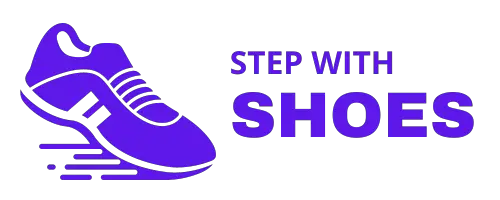
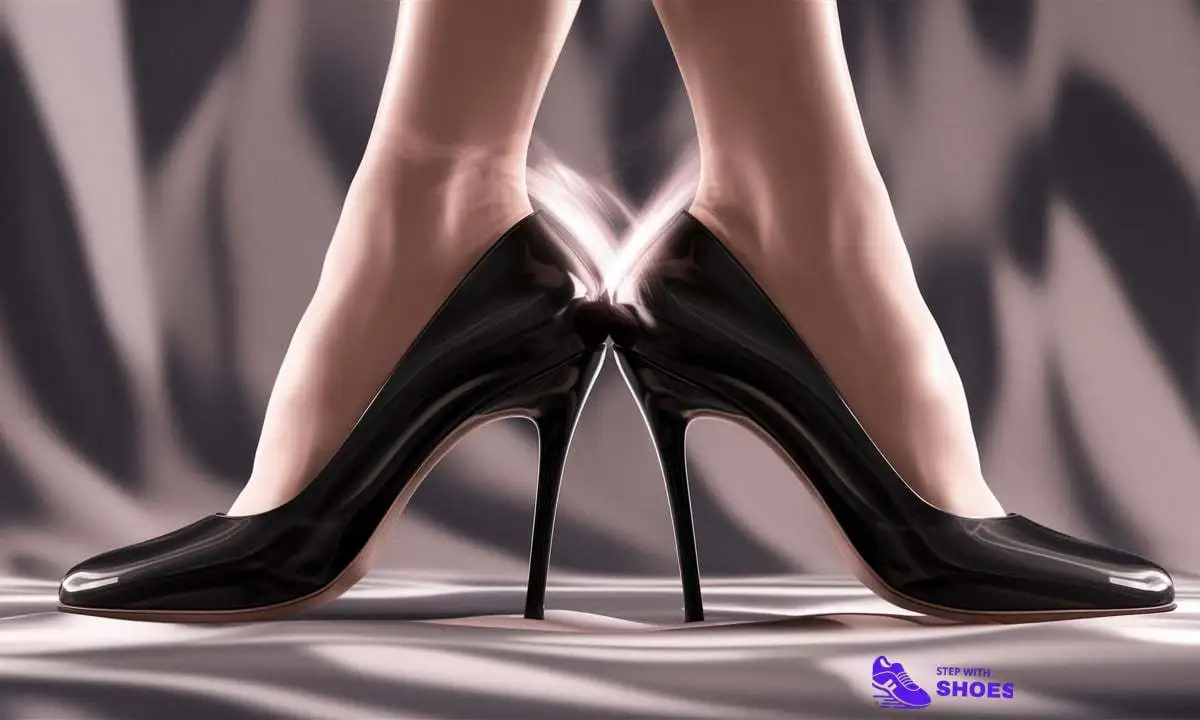

Leave a Reply